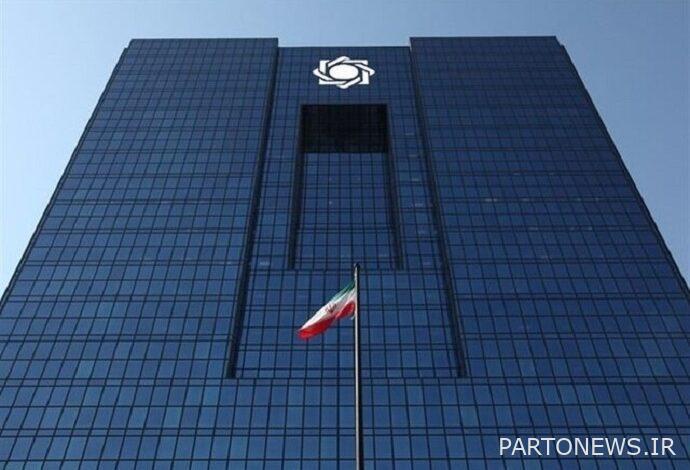Unprecedented auction of the central bank in the fall

The published report on the implementation of the monetary policy in the first week of December 1402 indicates that the central bank has returned to accepting 100% of the banks’ demand in the open market.
Open market operation is considered one of the central bank’s tools to achieve greater control over the economy and curb inflation through the transmission of the central bank’s monetary policy to society. The injection of money in the open market acts as a new source for providing the liquidity needed by banks, and in the same way, a part of the demand for banks’ financial resources is provided in this operation.
This process reduces the pressure of demand in the interbank market, and in the same way, the interbank interest rate, which is determined in a floating form by the meeting of supply and demand between banks, decreases.
Interbank interest rate, the central bank’s intermediate target
Currently, some economists believe that if the interbank interest rate is set as an intermediate target, other interest rates in the economy will adjust with the interbank market interest rate. Likewise, the Central Bank of Iran has been using open market operations to control interest rate fluctuations for several years.
The return of monetary policy to 100% agreement
The monetary policy implementation report or the open market operation is published weekly by the central bank. This report in the week ending on December 6, 1402 indicates that the central bank has returned to its previous policy regarding responding to the demand of banks in the open market.
In the middle of June this year, the Central Bank announced that it will base its monetary policy on 100% supply of banks’ demand in the open market, so that the pressure of demand in the interbank market subsides and the problem of banks’ liquidity shortage is solved. This process continued until the middle of summer, but suddenly the intensity of money injection in the open market dropped and the banks, which were faced with a sudden shock caused by the Central Bank’s decision, could not get their resources from the open market. In addition to this problem, the interbank interest rate was struggling with a significant jump at this point in time.
After this period, the central bank again gradually increased the amount of money injection in the open market to reduce the inflammation of the interbank market and its interest rate. This process continued until in the week ending on December 6, 1402, the central bank injected money in this market, equivalent to the value of all the orders accepted in the open market, in a similar action to June.
The results of the implementation of the monetary policy last week
In the same way, the reports of the central bank show that last week, about 135 hemats of money were allocated to 20 banks in the open market, and in addition, one bank borrowed about 1 hemat from the central bank based on regular crediting. The difference between regular credit and financing from the open market is that in regular credit, the interest rate is 24% and the maturity is between 1 and 2 days, while the open market interest rate is 23% and the maturity is 7 days.
Studies show that this volume of credit injection in the open market has been unprecedented since the beginning of the summer of this year and was probably done with the intention of curbing the severe liquidity deficit of banks after September 1402.


